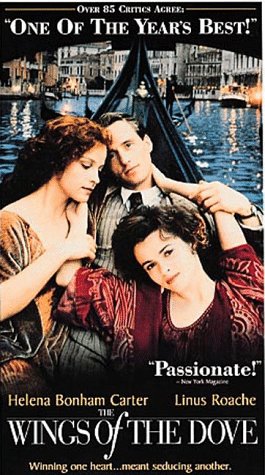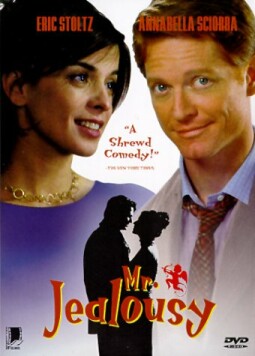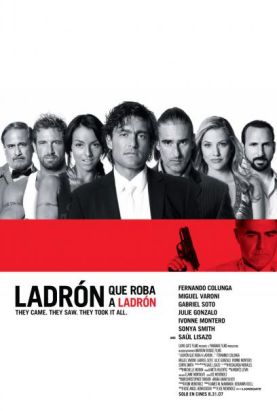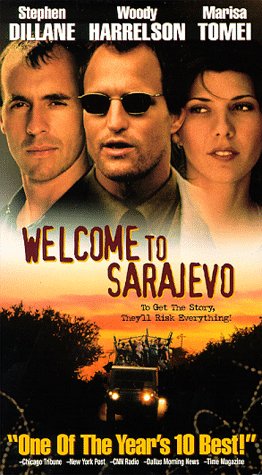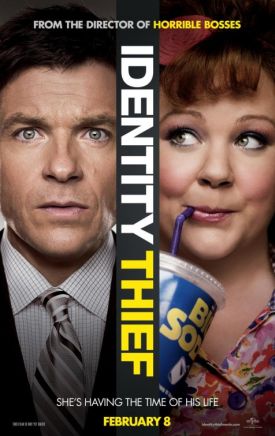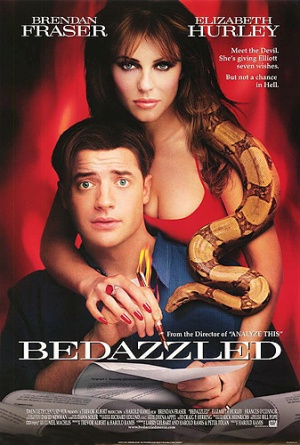Wings of the Dove, The
Perhaps the emblematic scene of Iain Softley’s adaptation (written by Hossein Amini) of Henry James’s Wings of the Dove comes as Millie Theale (Alison Elliott) and Kate Croy (Helena Bonham Carter) meet Merton Densher (Linus Roache) in an exhibition of the erotic art of Egon Schiele (by coincidence, such an exhibition is being shown at the Museum of Modern Art in New York until January 4th next year). Already at this point the Jamesian moral cat’s cradle is emerging: Kate, the penurious British gentlewoman, is scheming to throw together her friend, Millie, a rich but dying American orphan, with her own lover, Densher, so that he can marry her, then survive her and get her money. But Densher and, to a lesser extent, Kate, are both too fine-souled to engage in such sordid trickery without a bad conscience, which trails them into a vague and heart-breaking future.
In the midst of such moral unfolding, it is scarcely possible to imagine anything less Jamesian than Schiele’s sumptuous eroticism, and its appearance here jolts us into an awareness of what these adaptors are doing with The Master. For one thing, they are moving the action up in time from the late Victorian-early Edwardian milieu of the novel to the late Edwardian-early Georgian period when Schiele was one of many young artists heralding what Virginia Woolf saw as a change in human nature itself. How is it possible for them simultaneously to hold on to something close to the Jamesian view of the morality while at the same time offering us a modern or even post-modern perspective on its sexual dimension? Surely there must be something beyond the money, something at least a little bit kinky, in Kate’s pushing her lover into the arms of her new best friend?
That, of course, is almost how we’re bound to see it today — at least how Hollywood is bound to see it — and the lavishness with which London and Venice, circa 1910, are recreated becomes the cinematic equivalent of the glittering colors used by Schiele to set off an overheated sexuality. The climactic scene between Kate and Densher, where each probes the other’s feelings and motives in their joint behavior to the recently deceased Miss Theale takes place as they are naked in bed together. A three-in-a-bed romp might have jarred upon the sensibilities of even the most jaded of late-20th century viewers, but this is meant to seem the next best thing. It seems a shame to say a bad word about any movie that manages to look this gorgeous, but the impact of the visuals ends up being at the expense of the impact of the Jamesian morality.
Does it matter? So much of the Jamesian drama is internal that a faithful adaptation would scarcely give us anything to look at at all. And we should be grateful to Softley and Amini that they have preserved the outlines of the moral situation intact. Yet instead of striking us as the defining act of three lives, Densher’s wooing of Millie Theale comes across with an almost 1990’s banality, while his and Kate’s delicacy about Millie’s money is not treated with a Jamesian sympathy but seems incomprehensibly over-scrupulous to the late-century moral sensibility which the film has allowed us to keep. The final scenes show Densher returning to Venice and Millie’s memory, with which he has had to acknowledge himself in love, but they invite the reflection that this move on his part is more likely to have been an expedient to rid himself of the conniving Kate than it is a penance he can never complete. If this is all that’s left of Henry James, you’ve got to wonder what is the point of adapting him?
Discover more from James Bowman
Subscribe to get the latest posts to your email.

